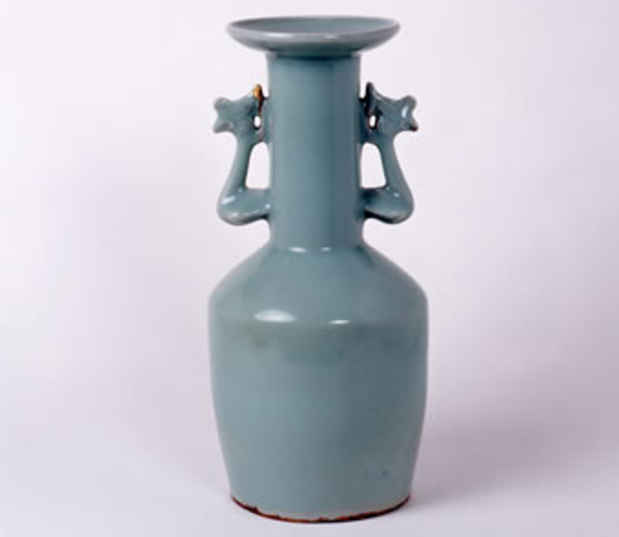Golden Age of Chanoyu - Karamono Tea Utensils of the Seventeenth Century
The Museum of Oriental Ceramics, Osaka

This event has ended.
In Japan, people treasured artworks from overseas since ancient times, and this trend particularly flourished during the Muromachi period (1336-1573) among the rulers and vassals of the feudal government, who collected various Chinese artefacts and called them karamono, meaning “Chinese articles”. Tea master Murata Shuko, in contrast, proposed wabi-cha, a way of tea that embraces simplicity and rusticity, which influenced the people’s taste of karamono that changed from the gorgeous, glossy yohen tenmoku tea bowl to the unpretentious, rustic haikatsugi tenmoku teabowl. In the 16th century, the maturation of wabi-cha led to the expansion of the concept of karamono, which began to include Korean ceramics such as the simple ido-type tea bowl. The impetus to this movement was given by the rise of tea masters of the sixteenth and seventeenth centuries, including Sen Rikyu, Oda Urakusai, Furuta Oribe, Kobori Enshu and Kanamori Sowa, who became influential figures. This was undoubtedly the “Golden Age” of chanoyu. This exhibition traces the transformation of the people’s taste as well as the concept of karamono, which were inspired by the talented tea masters infused with ingenuity.
Media
Schedule
from April 04, 2015 at 9:30 to June 28, 2015 at 17:00
Open on May 4. Closed on May 7.